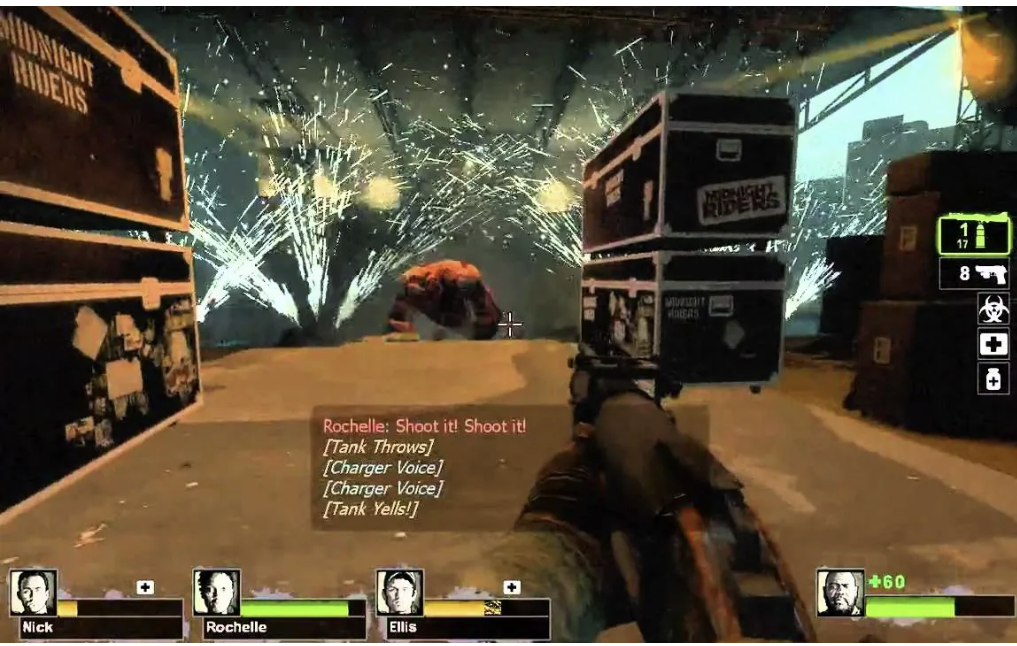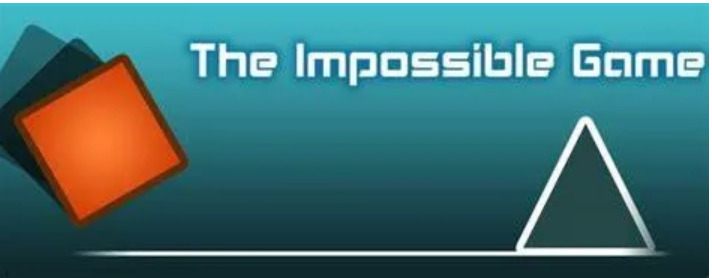Multiplayer FPS level design case study: Left 4 Dead 2 — The Concert

Introduction
Join me for an insider’s look at Left 4 Dead 2, a captivating multiplayer FPS where you play as either survivors navigating to safety or infected zombies hunting them down. I recently played ‘The Concert’, the intense final act of the Dark Carnival campaign, in the Versus mode, which let me switch between both roles and experience the game’s gripping challenges firsthand. The Concert’s innovative map design is particularly fascinating and deserves a closer analysis. Let’s dive into this exceptional case study of stellar game design!
The level artfully mixes eerie carnival and rock concert elements, reaching its peak in the final map. It begins in a subdued carnival tent before ramping up as you set off fireworks and make noise, luring in zombies as you wait for rescue. Instead of providing a false sense of safety, the map plays with your perception of security, especially as you near the concert stage where a grim surprise is revealed. The need for constant movement and strategic pickups throughout the arena suggests a clever design that blends the thematic and tonal aspects.
The map’s goals are clear: call for a helicopter, defeat various infected enemies, and survive until rescue. It supports multiple objectives and game modes seamlessly. As a special infected, players become different zombies, climaxing with the Tank, (a super-human zombie) all focused on attacking survivors. The map features plentiful spawn points for these attacks. Players have safe zones to strategize as survivors or infected, with dark corners for amassing hordes or solo attacks. Observation platforms offer insights into the game area, keeping players informed on the situation and enemy locations.
Arena Level
Emerging from the tent into the arena, the map’s perfect symmetry, reminiscent of a vast stadium, greatly enhances the rock concert theme’s impact. It offers equal playing fields for survivors and special infected alike, fostering strategic play without confusion—navigation is straightforward, aided by distinguishable landmarks. Balanced with evenly placed platforms, the map’s open design promotes freedom and exploration, removing any sense of restriction and elevating both enjoyment and competition.
The map features a stark contrast. It starts with a burst of energy, funneling players through a narrow pathway to a main area where zombie numbers are high due to the tight space. Reaching the stadium, the tempo changes, with infrequent zombie groups giving players a chance to heal and restock. The game’s climax hits when players call for a helicopter, likening it to activating a silent rock concert with fireworks and blasting metal music, stirring the undead. Chaos erupts as the noise attracts relentless hordes and special infected that attack from every angle, drastically altering gameplay and testing even the most experienced players.
Special infected in the game don’t have pickups or powerups, unlike survivors who have access to health kits, ammo, weapons, adrenaline shots, and more. Interactive objects like gas cans and propane tanks, crucial for strategic defense, are abundant across the stadium and stage. These items, which can explode or ignite zombies, invite players to position them cleverly. Similarly, firework boxes on the stage present additional tactical considerations with their high damage potential. The game’s design, through visible weapons and health resources, signals to players that they can be liberal with their ammo as opportunities for resupply are plentiful at the concert stage and adjacent areas.
Sightlines
The scale of the map gives height advantages to those who decide to take advantage of them. There are a few platforms with ladders on each side of the stage as well as in the stadium stands. The higher you are on the map, the more it helps you out as a survivor. As far as the special infected, you can easily target and catch survivors, as the platforms are small enough to where only one survivor can be on them at once, so you can constrain a survivor or bring them to you without their team knowing at that moment. At the top of the stadium, you can have a clear view of most of the map and able to see both high areas as well as low areas.
The stage, props, and vibrant concert lighting are key aspects of the game’s set, with the concert lights converging at the stage’s center to spotlight the band, drawing the player’s eye. This central area is not only a visual focus but also a hub for survivor pickups and a navigational landmark. Additionally, lighting control centers, situated at the stadium’s rear opposite the concert and near carnival tents, offer more pickups and serve as interaction points to activate the helicopter and alter the concert’s dynamics.
Finale
The map’s clear sightlines and uniform terrain keep players focused, limiting hiding spots for survivors and exposing them to the infected, especially the special types launching attacks from high ground. Gameplay shifts from an initial calm to an intense finale as players navigate the open areas and collect pickups, culminating in a frenetic battle at the stadium where paths meet and chaos reigns. High vantage points in the stadium allow survivors to snipe, while infected often engage in close-quarters combat. The map is laced with strategic elements like platforms, ladders, and hidden spots, creating a balanced and immersive experience for both zombie and survivor players.
The map is easy to learn for the most part as the gas cans serve as guides for the players, as it lets them know there that there will be hordes of zombies coming from different areas, as there are several tunnels, fences, and areas where zombies are able to spawn from. The rising and falling action of spawning a Tank with the infected against just spawning infected gives the players a chance to breathe and learn from the previous hordes, while they get ready for the next wave attack with a Tank. The rhythm is consistent, as there is no huge stop in play with both sides, as there is constant action going on.
Conclusion
The map’s thoughtful design offers survivors various campsites and infected players ample hiding spots. Its standout feature is the haunting yet captivating blend of abandoned urban festivity with a desolate metal concert vibe, where civilization once thrived but now yields to the undead. Beyond its striking visuals, the level excels in gameplay, with numerous levels, shadowy nooks, and intricate pathways conducive to strategic combat for both attack and defense, pleasing anyone who enjoys fighting in wide-open spaces.
If you have any ideas or feedback, feel free to comment or reach out. Follow on the usual socials and/or like and Subscribe to me and the newsletter.

I evaluated “The Impossible Game” by FlukeDude Limited, a 2009 two-dimensional, single-button platformer originally for Xbox 360. The game challenges players to jump over obstacles and complete levels. Initially featuring just one level, it has since expanded to four

The undeniable influence of video gaming on the hip-hop industry is apparent through the incorporation of gaming references in lyrics, the visual aesthetics of music videos, and the collaboration between artists and developers.